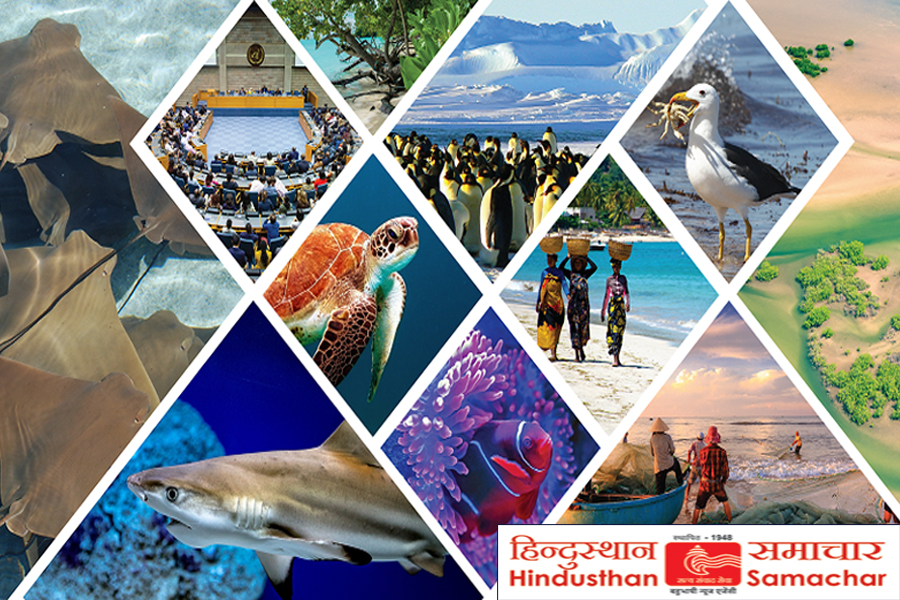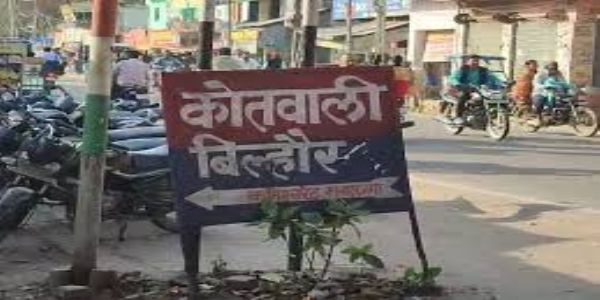
Exports
Coaches to Mozambique, Bangladesh, and Sri Lanka
Locomotives
to Mozambique, Senegal, Sri Lanka, Myanmar, and Bangladesh
Railways'
Global Footprint Expands: Exports Bogie Underframes to UK, Saudi Arabia,
France, and Australia
Propulsion
Parts to France, Mexico, Germany, Spain, Romania, and Italy.
Railways'
Financial Position is Strong, Providing More Subsidy to Passengers: Railway
Minister
The
cost of train travel per kilometer is Rs. 1.38, but passengers are charged only
73 paise
This
year, 1,400 locomotives were produced, exceeding the combined production of the
U.S. and Europe
By
March 31, Indian Railways will be among the world's top three freight carriers
with 1.6 billion tons of cargo
All
ICF coaches will be converted to LHB during Prime Minister Narendra Modi’s
third term
Ten
crucial steps have been taken to prevent incidents like the New Delhi railway
station accident
Our
commitment is to the poorest of the poor: Railway Minister
Lucknow/New
Delhi, 17 March (HS): Union Minister for Railways, Information &
Broadcasting, Electronics & IT, Ashwini Vaishnaw, highlighted the
achievements and future plans of Indian Railways during a discussion in the
Rajya Sabha on Monday. He stated that Indian Railways is providing safe and
high-quality services to passengers at affordable fares while securing a
leading position globally. Comparing Rail fares, he mentioned that fares in
Pakistan, Bangladesh and Sri Lanka are higher than in India, while in Western
countries, rail fares are 10-20 times higher than in India.
On
the subsidy provided to passengers, the Railway Minister said that while the
cost of train travel per kilometer is Rs. 1.38, passengers are charged only 73
paise, meaning a subsidy of 47% is provided. In the financial year 2022-23,
passengers received a subsidy of Rs. 57,000 crore, which increased to
approximately Rs. 60,000 crore in 2023-24 (provisional figures). He emphasised
that the goal is to provide safe and improved services at minimal fares.
Highlighting
the benefits of Railway electrification, the Minister noted that despite an
increase in the number of passengers and cargo, energy expenses have remained
stable. Indian Railways aims to achieve Scope 1 net zero emissions by 2025 and
Scope 2 net zero emissions by 2030. This non-fossil energy-based goal will
completely offset the Railway's carbon emissions.
The
Railway Minister also announced that locomotives manufactured at the Madhepura
factory in Bihar will soon be exported. Indian Railways is exporting passenger
coaches to Mozambique, Bangladesh and Sri Lanka, while locomotives are being
exported to Mozambique, Senegal, Sri Lanka, Myanmar and Bangladesh.
Additionally, bogie underframes are being exported to the United Kingdom, Saudi
Arabia, France and Australia, while propulsion parts are being sent to France,
Mexico, Germany, Spain, Romania and Italy.
This
year, India produced 1,400 locomotives, surpassing the combined production of
the U.S. and Europe. Additionally, 200,000 new wagons have been added to the
fleet. The Railway Minister stated that in FY 2024-25, Indian Railways will
transport 1.6 billion tons of cargo, making it one of the world's top three
freight carriers, alongside China and the U.S. This underscores the increasing
capacity of Indian Railways and its crucial role in the logistics sector.
He
further stated that 41,000 LHB coaches have been manufactured with a strong
focus on railway safety. During Prime Minister Narendra Modi’s third term, all
ICF coaches will be replaced with LHB coaches. The implementation of long
Rails, electronic interlocking, fog safety devices and the ‘Kavach’ safety system
is progressing rapidly.
Expressing
gratitude to Prime Minister Narendra Modi, Vaishnaw mentioned that earlier,
Indian Railways received Rs. 25,000 crore in financial support, which has now
increased to Rs. 2.5 lakh crore. This funding has led to significant
infrastructure improvements, including the construction of 50 Namo Bharat
trains designed for short-distance travel, offering both AC and non-AC options.
Regarding
the recent incident at New Delhi Railway Station, the Railway Minister informed
the House that a high-level committee is investigating the unfortunate
accident. All CCTV footage and relevant data have been secured and
approximately 300 individuals have been interviewed to verify facts. Ten
critical measures have been taken to prevent such incidents in the future.
The
Railway Minister reiterated the government’s commitment to serving the poorest
sections of society. He emphasised that the number of general coaches is being
increased to 2.5 times that of AC coaches. Under the current production plan,
17,000 non-AC coaches are scheduled for manufacturing. He also stated that
Indian Railways' financial position is strong, with continuous efforts to improve
it. The Railway sector has successfully overcome challenges posed by the
COVID-19 pandemic, with passenger numbers increasing and growth observed in
both passenger and freight transportation.
He
reminded that Indian Railways has annual revenue of approximately Rs. 2.78 lakh
crore and expenditures of Rs. 2.75 lakh crore. The Railway’s major expenses are
being met through its own income, which is a result of its strong performance. Concluding
the discussion, Railway Minister Ashwini Vaishnaw assured that Indian Railways
will continue to evolve into a more modern, safe and environmentally friendly
transportation system in the future.
Hindusthan Samachar / Abhishek Awasthi





